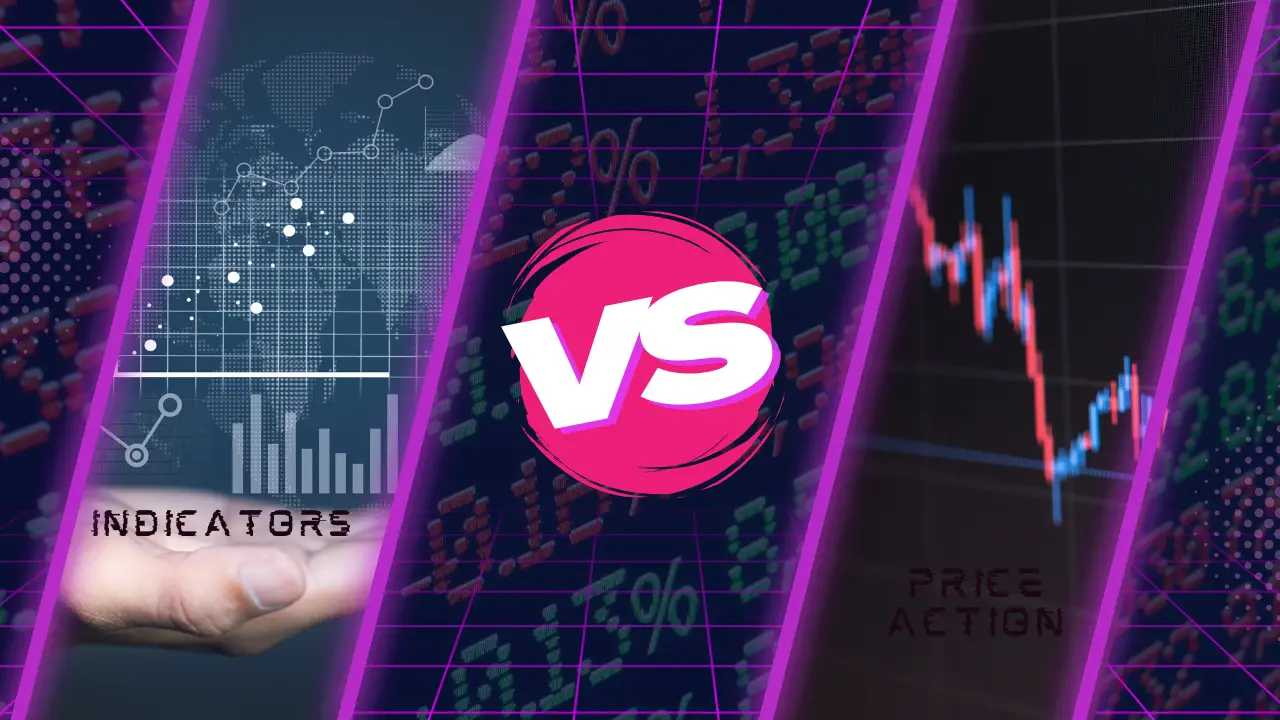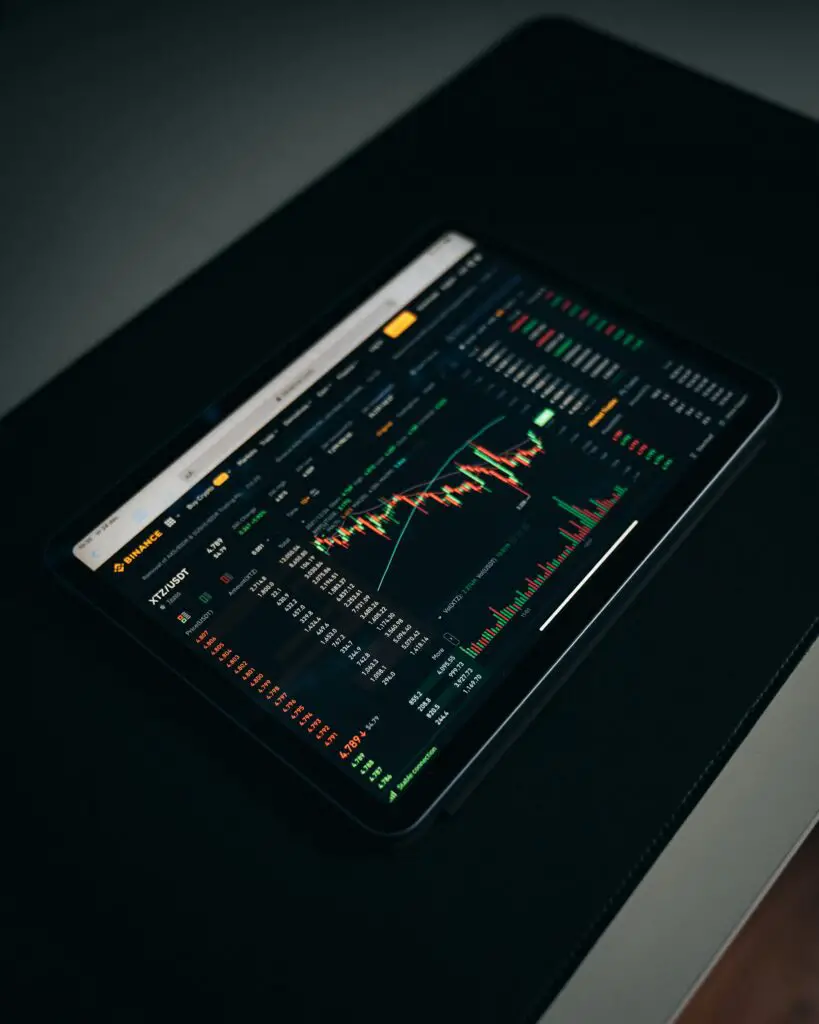
Table of Contents
In the realm of trading, two primary methods of market analysis reign supreme: indicators and price action. Each approach boasts distinct characteristics and benefits, making it imperative for traders to grasp the disparities between them. In this article, we’ll delve into the variances between indicators and price action, shedding light on how traders can utilize this knowledge to make informed decisions in the markets.
Indicators:
Indicators are mathematical tools derived from historical price data, including Moving Averages, Relative Strength Index (RSI), and Moving Average Convergence Divergence (MACD). These indicators furnish specific signals and patterns used by traders to forecast future price movements. However, it’s crucial to acknowledge that indicators may occasionally lag behind actual price shifts, relying on past data for their computations. Nevertheless, their objectivity and accessibility render them widely favored among traders of all experience levels.

Price Action:
Conversely, price action analysis centers on raw price movements devoid of indicator usage. Traders leveraging price action scrutinize patterns like candlestick formations and support/resistance levels to inform their trading decisions. Unlike indicators, price action furnishes real-time insights into market dynamics. Yet, interpreting price action necessitates a degree of proficiency and acumen, as it can be subjective and open to interpretation.
Choosing Your Approach:
Selecting a trading approach hinges on individual trading style and preferences. If a systematic and objective method appeals to you, indicators may prove suitable. Conversely, if you relish the challenge of dissecting raw price movements and gaining deeper market insights, price action trading could be more fitting.
Regardless of the chosen approach, maintaining discipline and consistency in trading strategy is paramount. It’s essential to recognize that no single method guarantees success in the markets. Continuous education and adaptation to evolving market conditions are essential for sustained success.

Comprehending the distinctions between indicators and price action is pivotal for crafting a robust trading strategy. By harnessing the strengths of each approach and staying attuned to market developments, traders can enhance their prospects of success in the dynamic realm of trading. Stay tuned for more trading insights and tips to navigate the markets with confidence.




